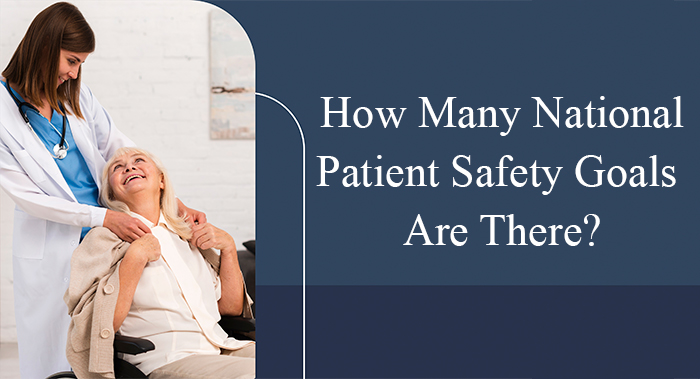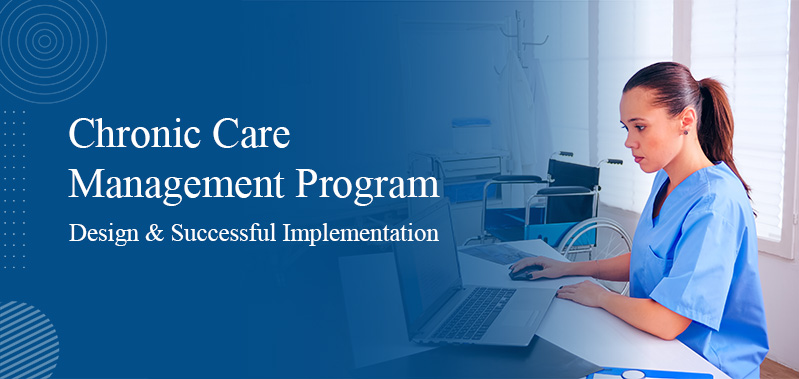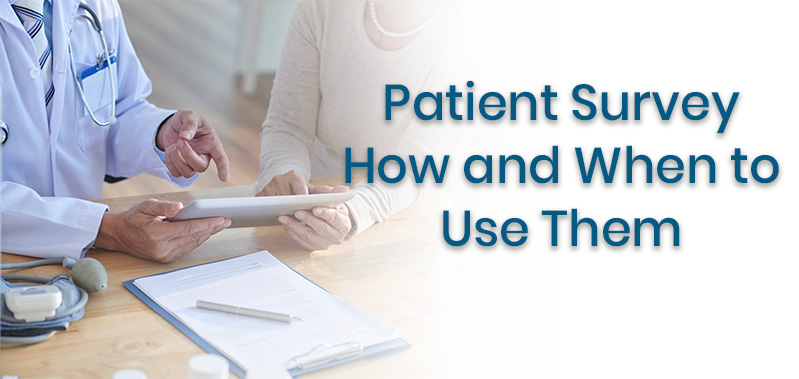
Patient Safety Goals | How many are there?
Do you know which organization annually develops and institutes natinoal patient safety goals? The answer is that the Joint Commission regularly reviews the National Patient Safety Goals program to ensure healthcare facilities focus on patient safety. It is based on their impact, cost, and effectiveness that we will explore in this article.
What Do You Understand By National Patient Safety Goals?
The National Patient Safety Goals, established annually by The Joint Commission—a nonprofit organization established in 1951 to elevate healthcare standards—are a set of objectives aimed at enhancing healthcare delivery.
Today, these patient safety goals serve as a unifying force, steering decision-makers within the medical sphere. Positioned independently as a third-party entity, The Joint Commission conducts a comprehensive review, fostering fairness in evaluating the healthcare landscape. The collaborative development of the NPSGs involves stakeholders from healthcare organizations nationwide, ensuring diverse perspectives shape these critical objectives.
Each word of National Patient Safety Goals (NPSGs) defines the purpose, and if you look closely at these goals, you will hardly find a major difference in each year's national patient safety goals.
National- The Joint Commission is a big deal in healthcare—it sets the standards for hospitals and clinics nationwide. Its role is vital because it helps these places work together. Without this connection, progress in healthcare could slow down.
Patient- At its core, The Joint Commission exists to make healthcare better for you—the patient. The NPSGs focus on fixing parts of healthcare that aren't entirely up to scratch, whether in traditional hospitals or newer healthcare setups.
Safety- In medicine, mistakes can have serious consequences. Sometimes, you might go to the doctor for a regular check-up; other times, it's because you need immediate care. Healthcare professionals always aim to provide the right care, but it's not always easy. They have to be accurate, quick, and safe with what they do. Safety is a big deal in healthcare, and the NPSGs help everyone stay focused.
Goals- Think of the NPSGs as targets for making healthcare better. They outline key areas where healthcare can improve, such as making sure they know who you are, how they communicate, and being safer with medications. These goals also cover things like preventing infections, reducing falls, and making sure surgeries happen in the right way and place. Seeing these common issues listed might be surprising, but healthcare leaders deal with them daily. The NPSGs are like a helpful roadmap for these leaders to make real improvements in how care is given.
2024 National Patient Safety Goals
The 2024 national patient safety goals are designed by the Joint Commission, mainly focusing on navigating patient safety challenges. The list of goals is as follows:
- Ambulatory health care
- Nursing care center
- Assisted living community
- Behavioral health care and human services
- Critical access hospital
- Home care
- Hospital and laboratory
- Nursing care center
- Office-based surgery
The recent changes in the goals focus on ensuring patient safety and quality care in healthcare settings. They emphasize the importance of accurately identifying patients using at least two methods, such as their name and date of birth, to prevent medication and treatment errors.
Safety in medication administration is highlighted by labeling unlabeled medicines before procedures and carefully managing blood-thinning medications, ensuring accurate recording and communication of a patient's medication information.
Infection prevention strategies are recommended, including adhering to hand-cleaning guidelines. Additionally, promoting healthcare equity involves identifying disparities in patient populations and devising written plans to address these disparities.
Finally, protocols are outlined to prevent surgical errors, including marking the correct surgical site on the patient's body and pausing before surgery to prevent mistakes. These measures collectively prioritize patient safety and quality care in healthcare settings.
Furthermore, there are some specific examples of the 2024 NPSGs for hospitals:
- NPSG.01.01.01: Identify patients correctly using at least two unique identifiers (e.g., name and date of birth) to reduce the risk of medication errors and other wrong-patient events.
- NPSG.02.03.01: Improve communication by ensuring important test results are communicated to the right healthcare providers on time to facilitate informed treatment decisions.
- NPSG.03.05.01 & 03.06.01: Enhance medication safety by labeling all medications that are not already labeled (e.g., in syringes or cups) before a procedure and taking extra precautions with patients on blood thinners.
- NPSG.07.01.01: Reduce the risk of healthcare-associated infections by implementing hand hygiene protocols and ensuring timely response to medical equipment alarms.
- UP.01.02 & 01.03: Address health equity by identifying disparities in patient care and developing plans to improve access to quality care for all patients.
Changes in Healthcare- Changes in Goals
The healthcare landscape is swiftly evolving, driven by shifting risks, aging demographics, and technological advancements. A crucial driving force behind this evolution, identified by NEJM Catalyst, is the pursuit of higher-quality care and enhanced patient safety.
The National Patient Safety Goals offer a roadmap for progress, presenting an opportunity to potentially lower patient costs while elevating their care experiences and outcomes. Yet, the realization of this innovative approach to care delivery rests on the shoulders of future healthcare leaders. They must deeply understand the issues highlighted by the National Patient Safety Goals and demonstrate proficiency in navigating the associated policies, procedures, and expenses to enact meaningful change.






annually the national patient safety goals are developed and instituted by which organization?
2024-Aug-14
The National Patient Safety Goals (NPSGs) are one of the major methods by which The Joint Commission establishes standards for ensuring patient safety in all health care settings.